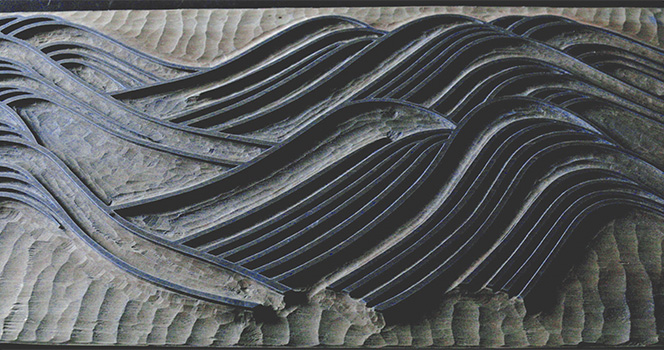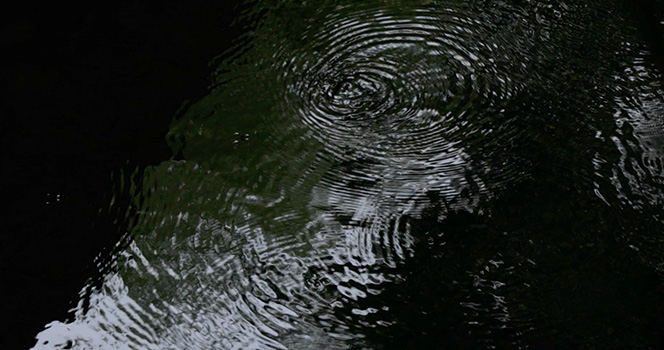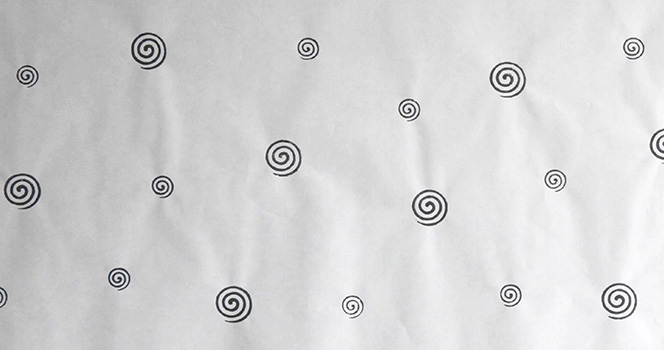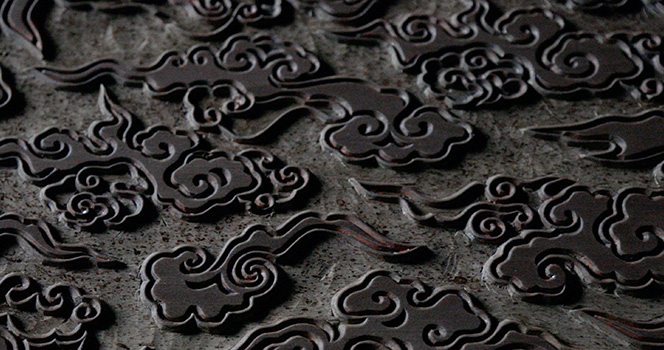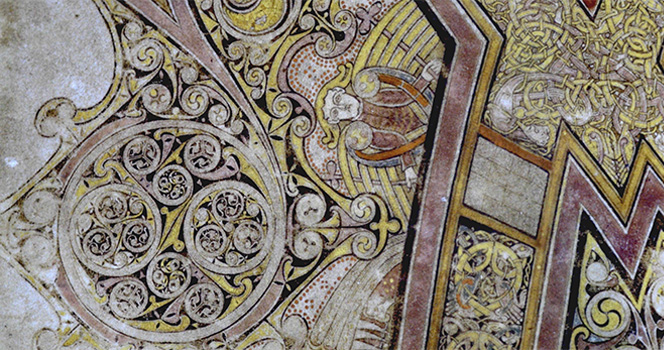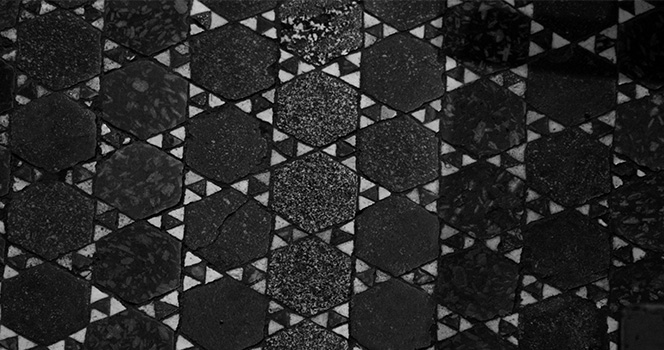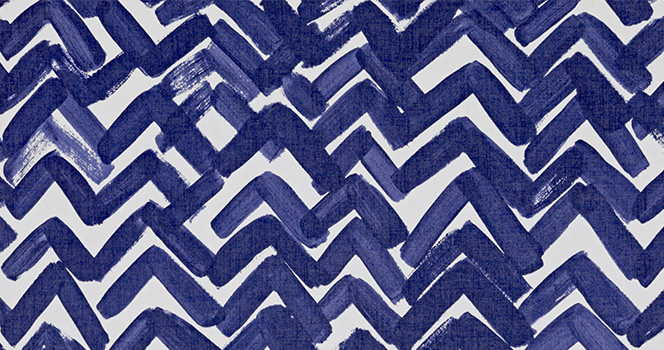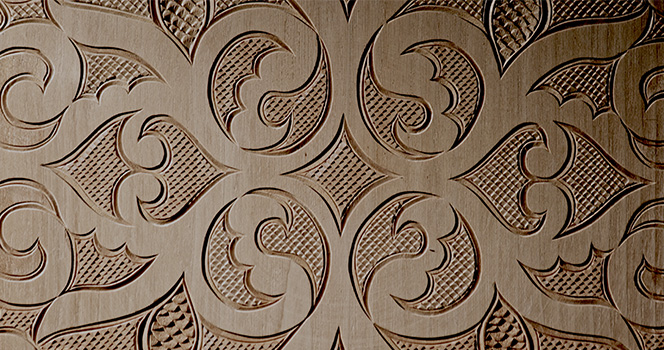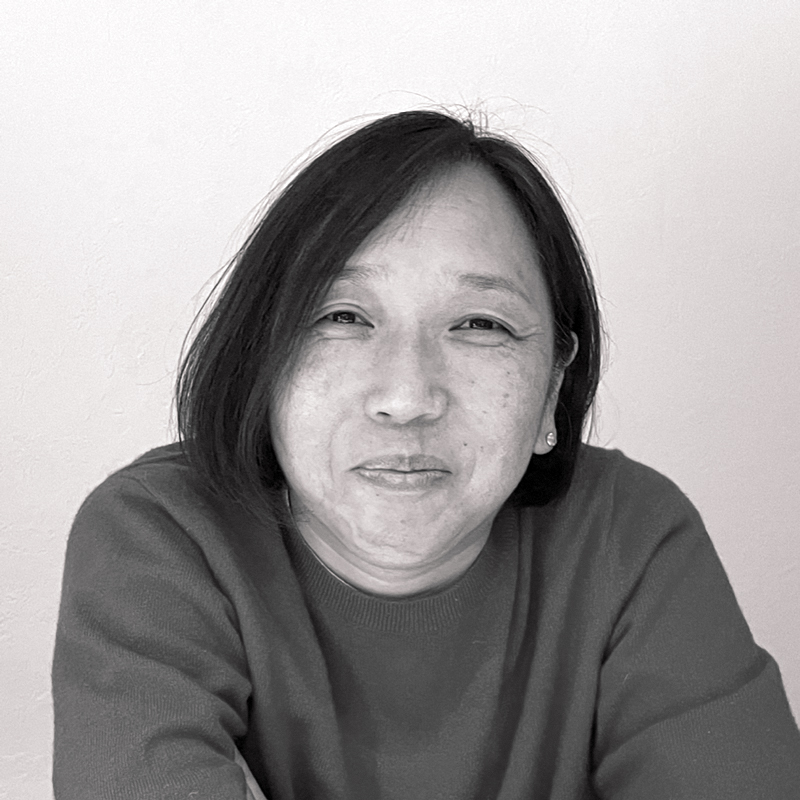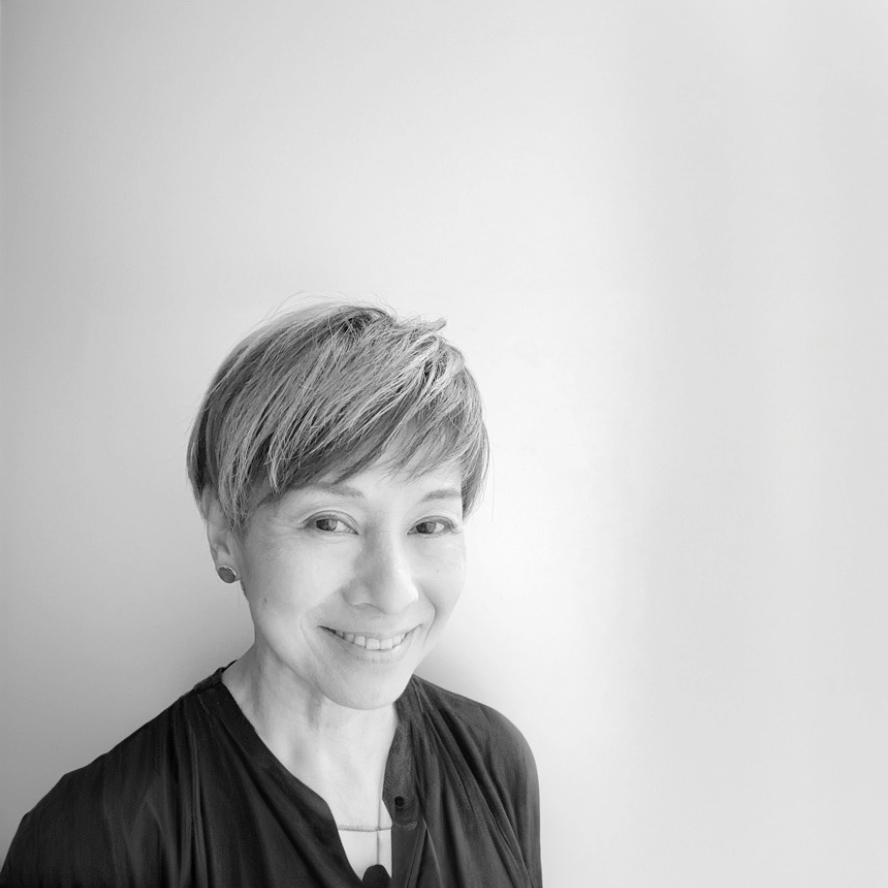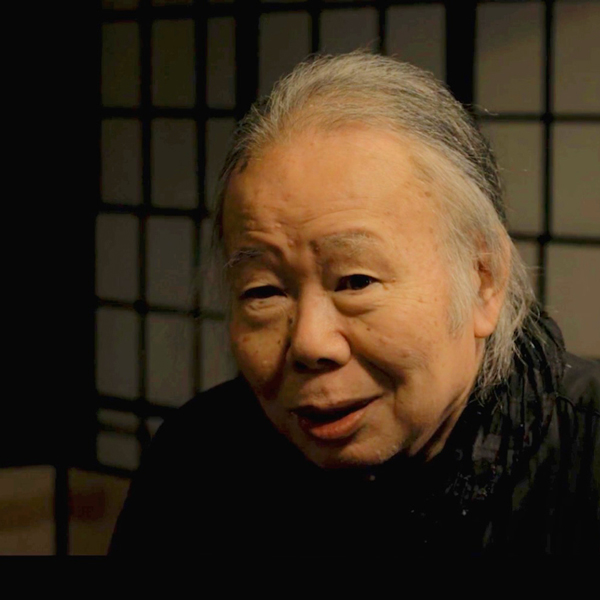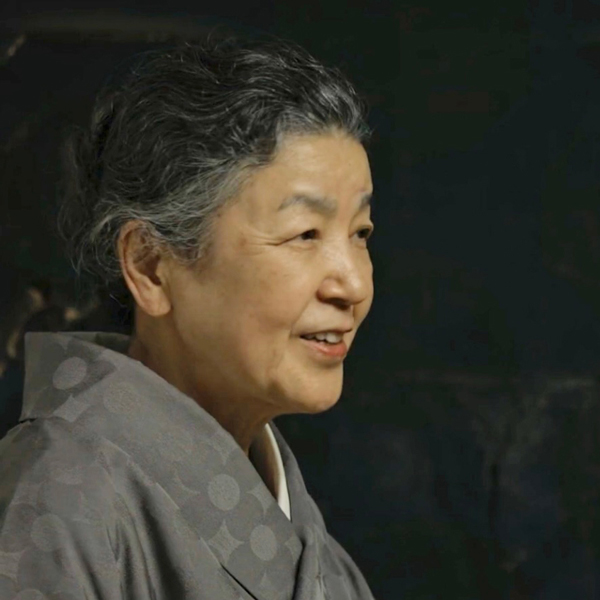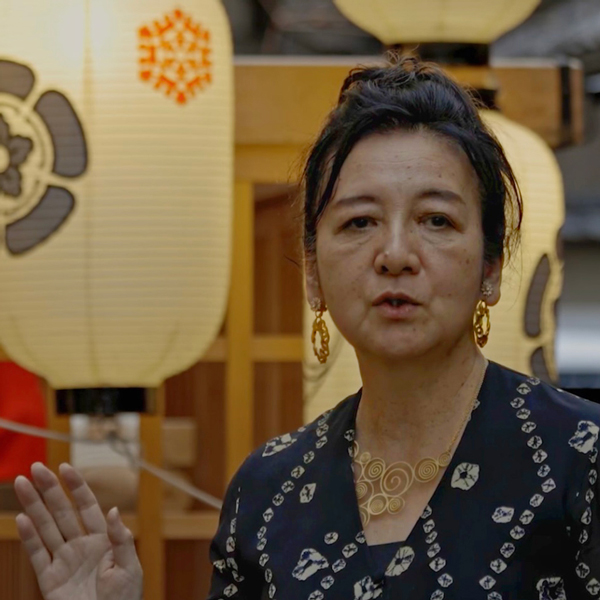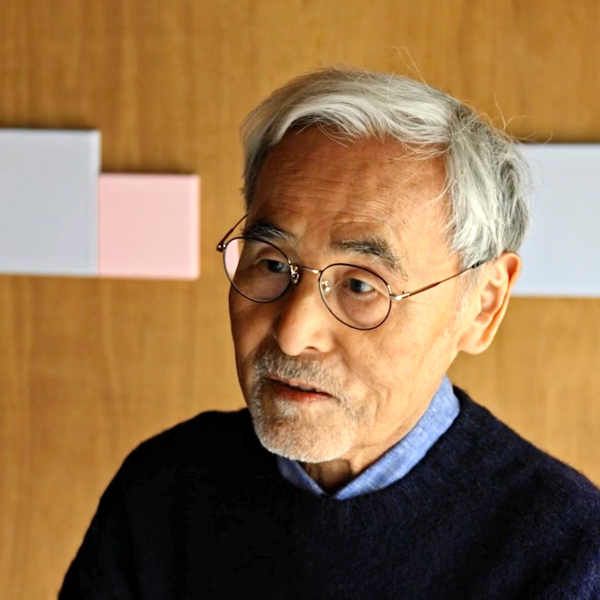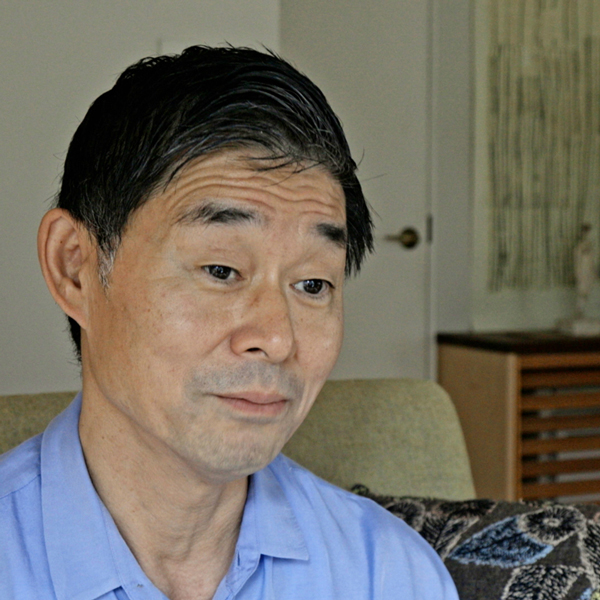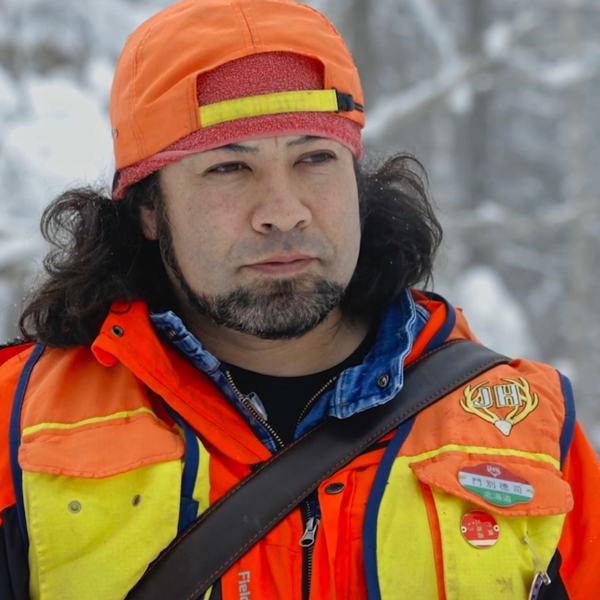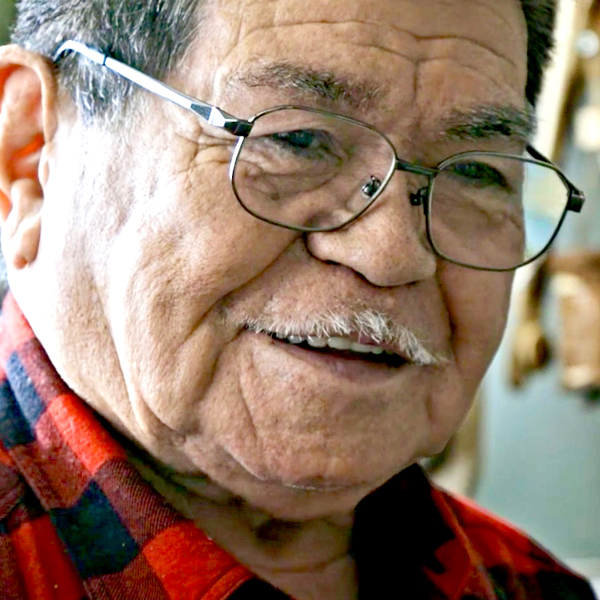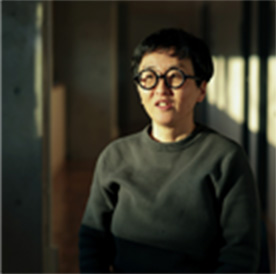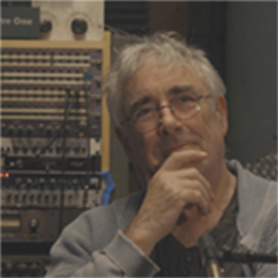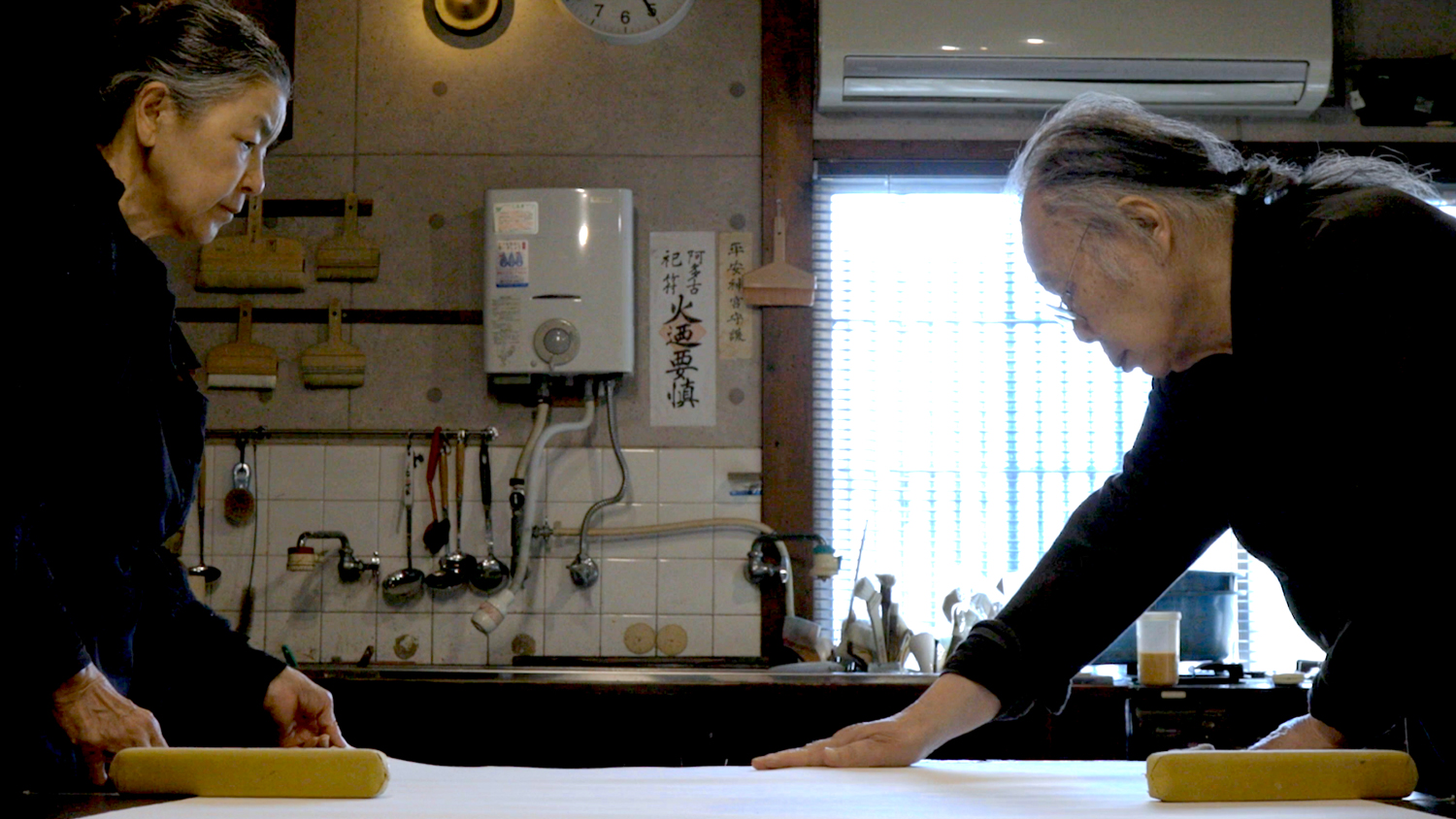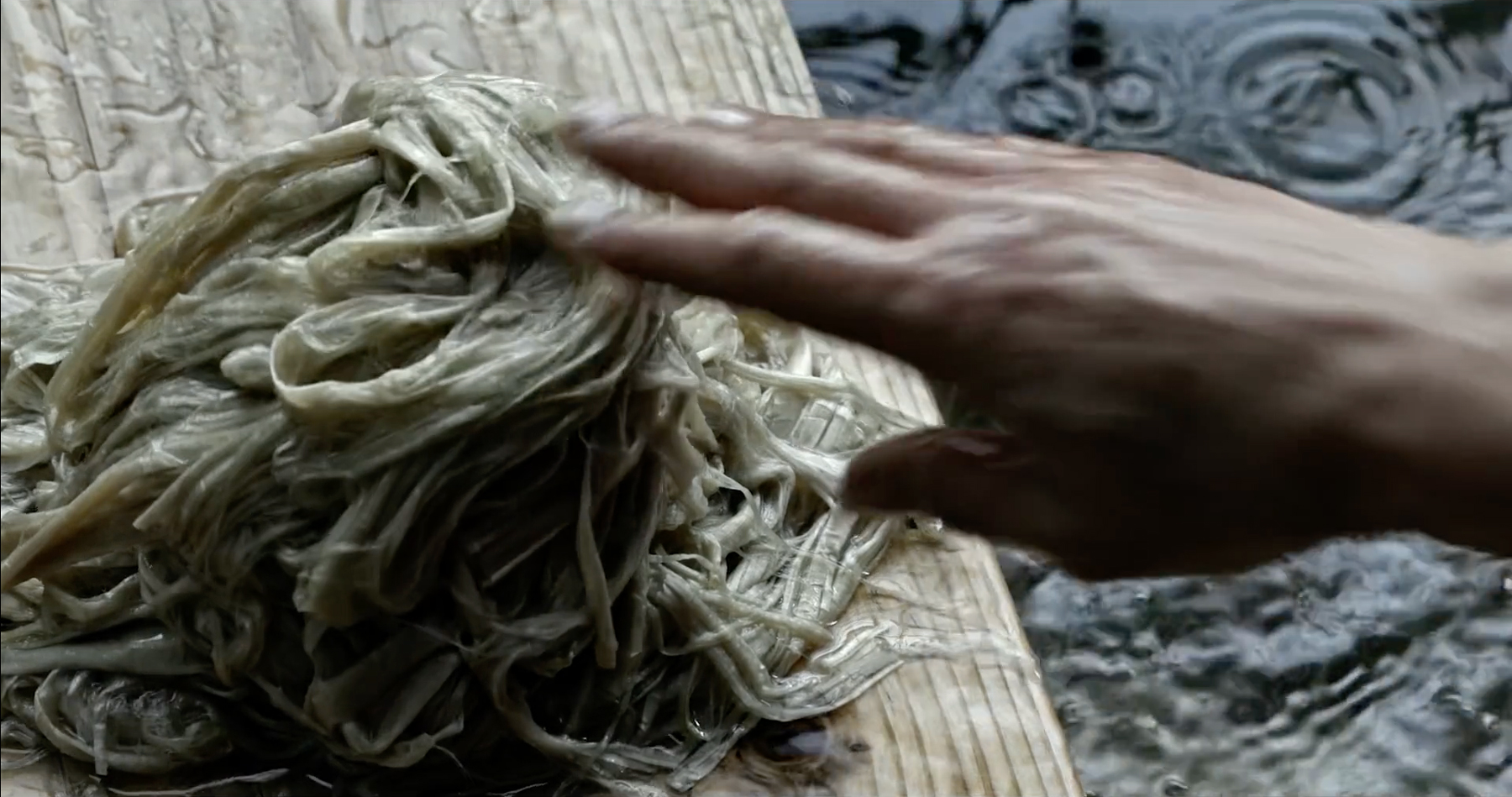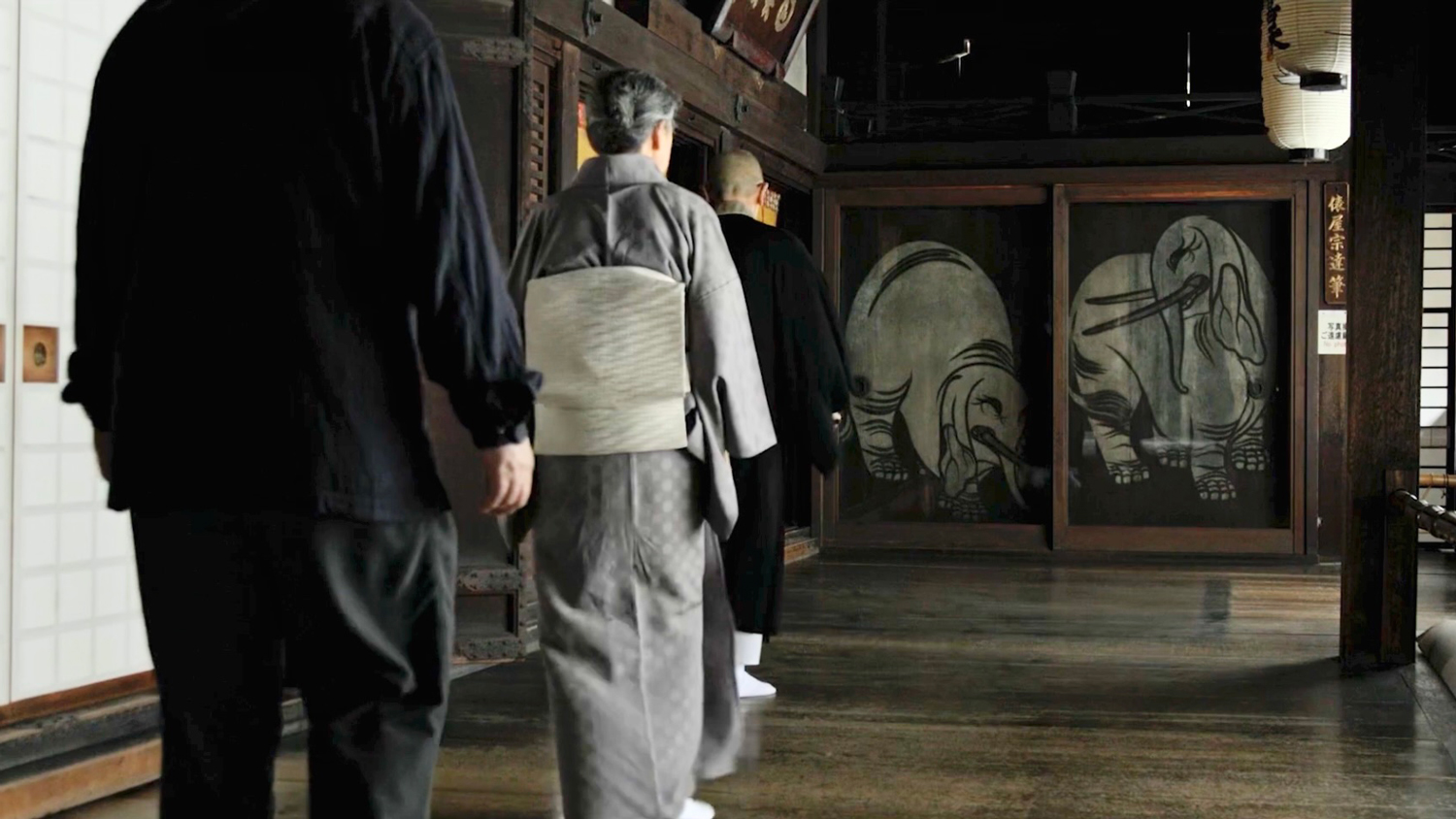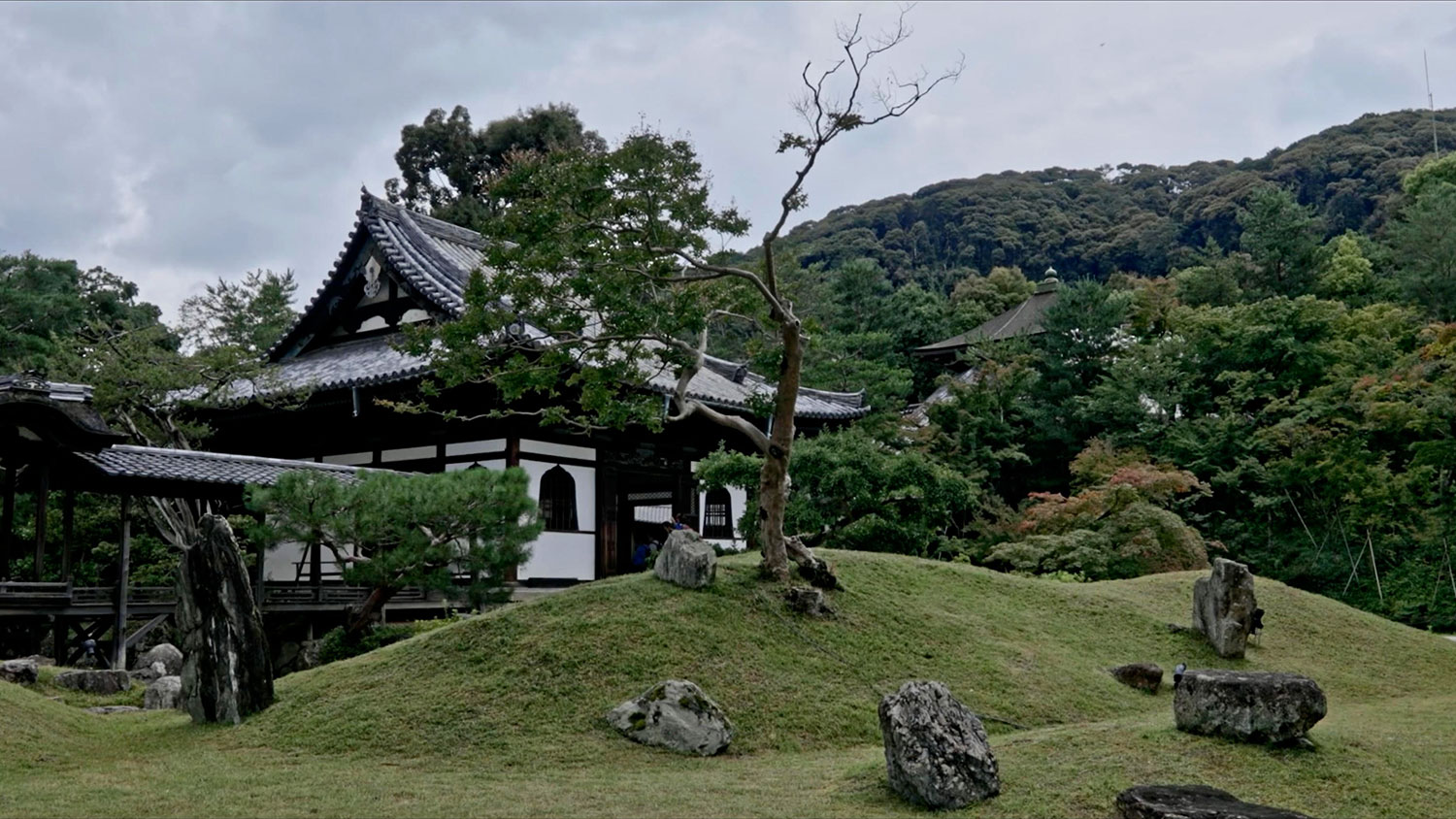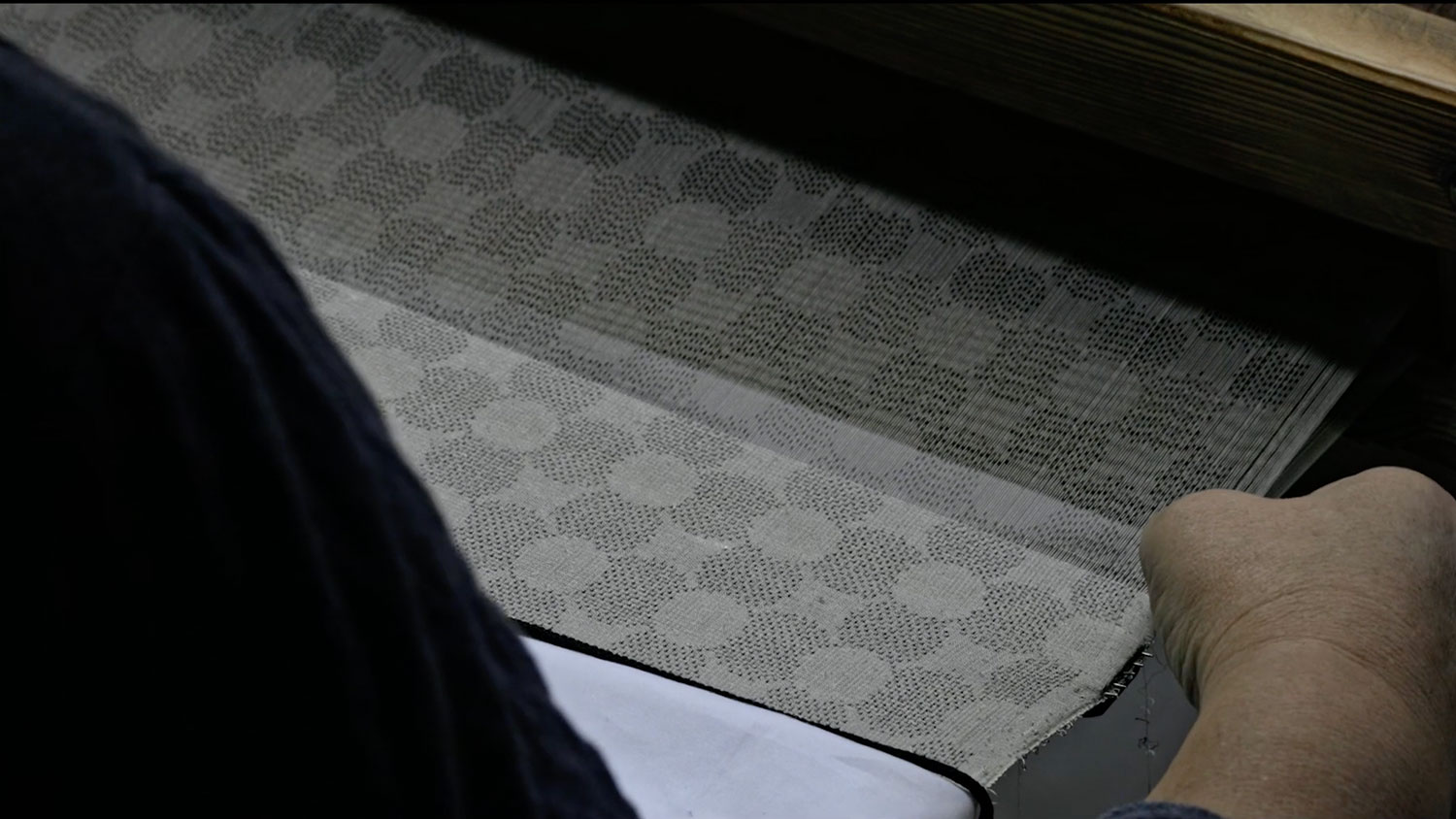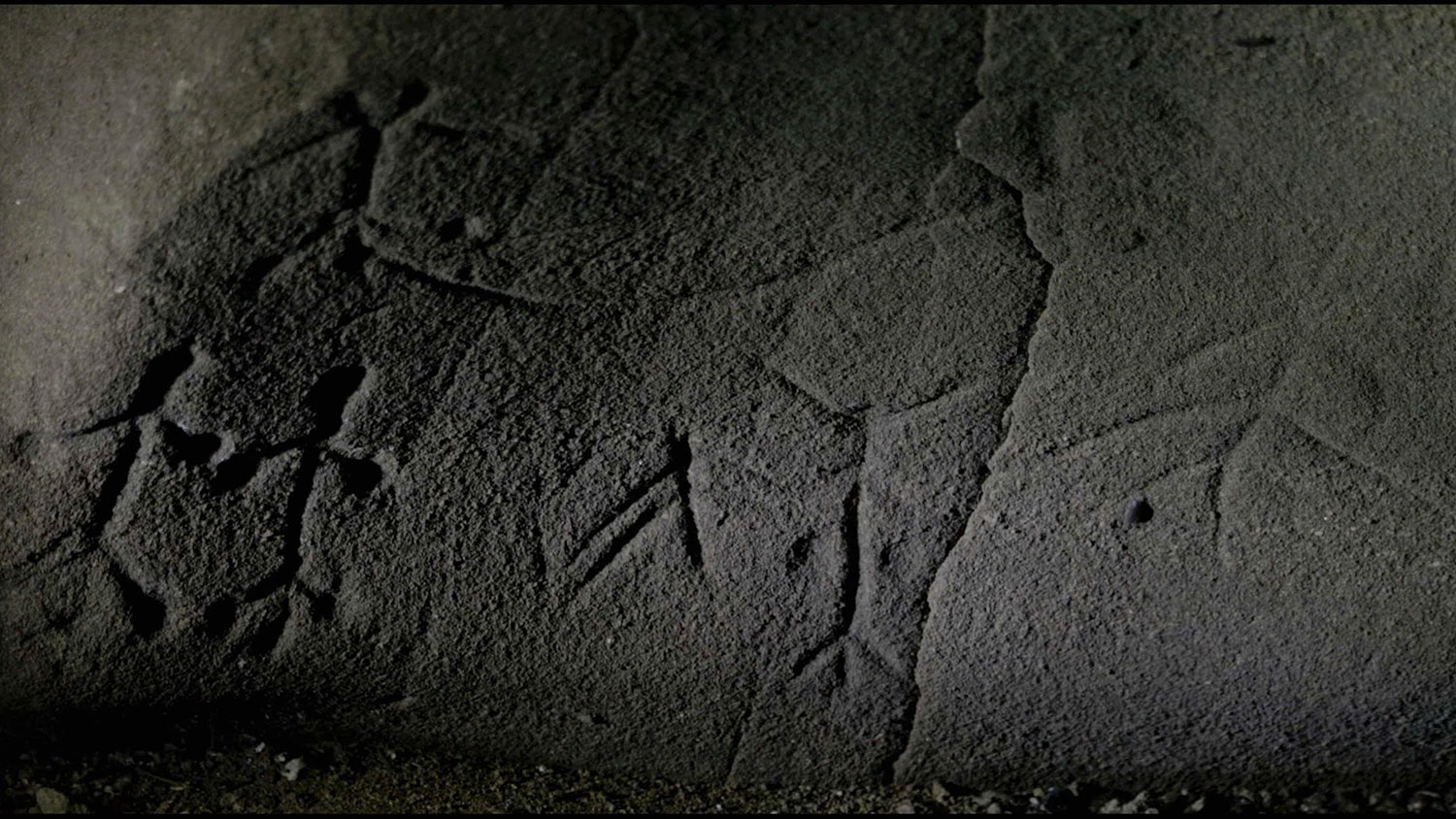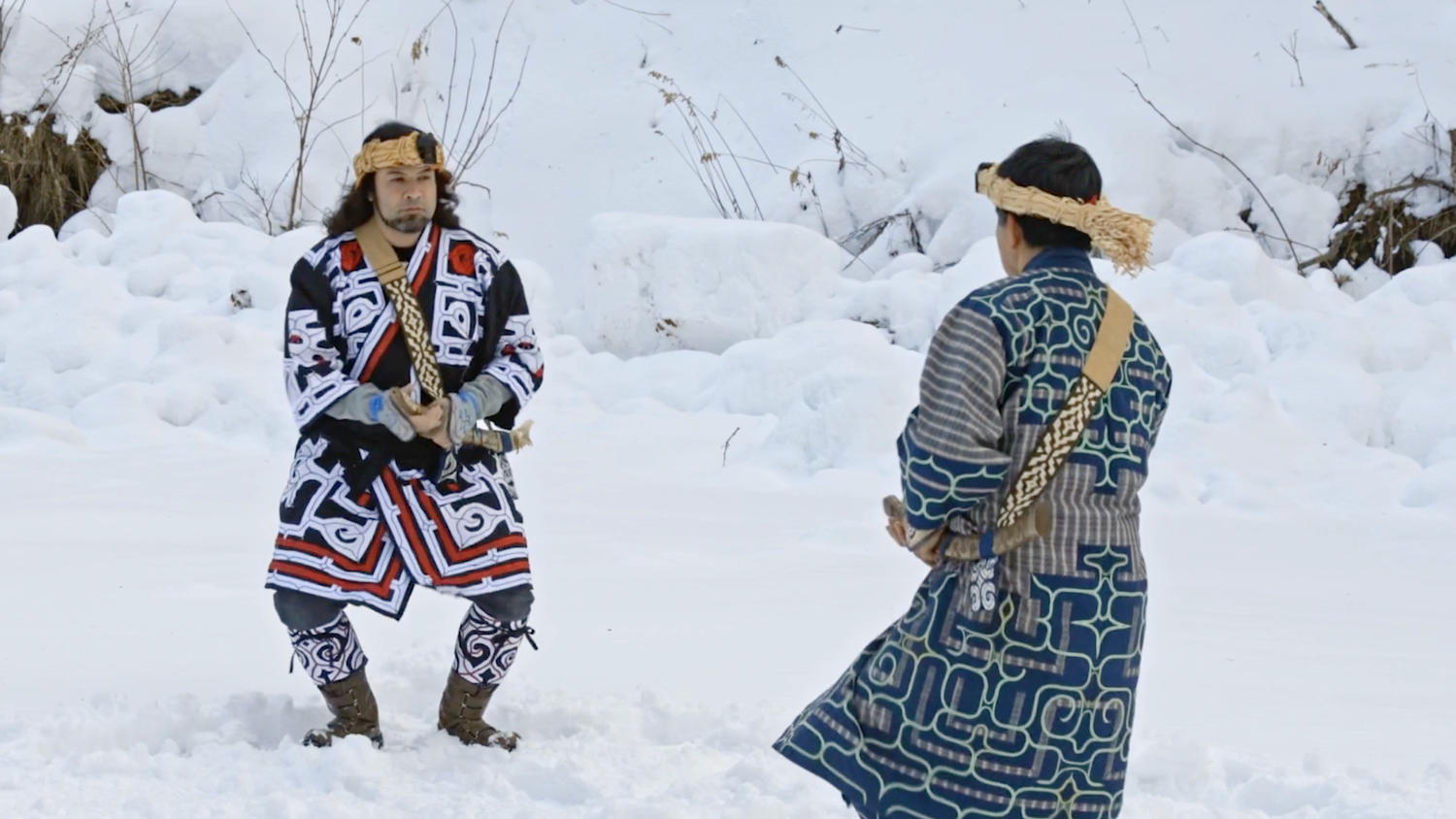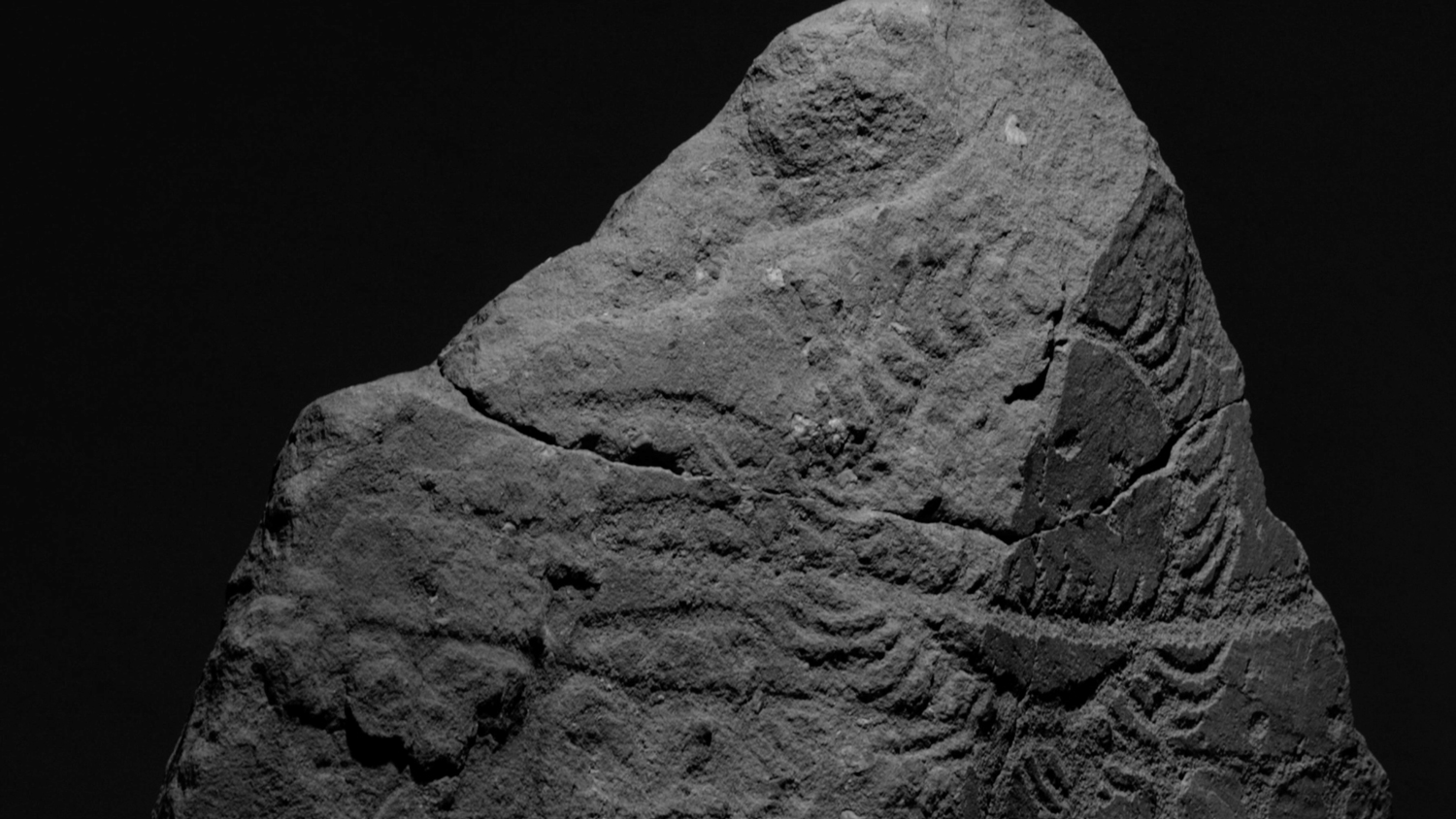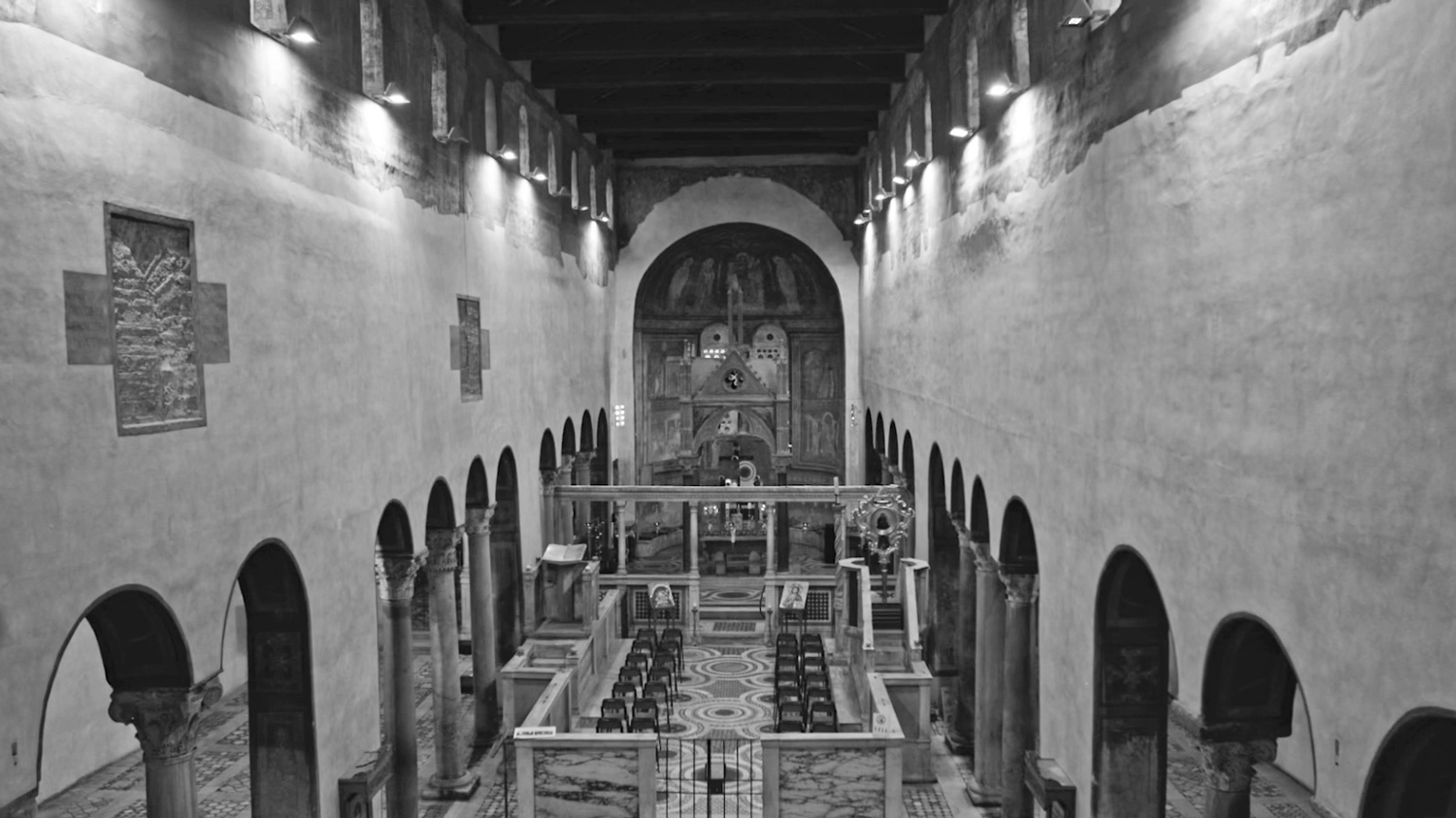Story
Karacho is a traditional workshop in Kyoto. For 400 years, products and art called karakami, which are handprinted patterns on Japanese paper, have been handed down. This film begins from a scene of this workshop.
Since the Edo period (17th-19th century), Karacho has inherited wooden painting blocks, on which patterns with motifs of plants, clouds, swirls and ripples are carved. The film shows the work performed in the workshop: earth- and mineral-derived paint and mica are placed on the painting block to make patterns printed on washi paper. The karakami produced by repetition is breathtakingly beautiful; itself a form of nature, with movements, rhythms and coloring that emerge. The camera carefully captures the patterns, forms of nature, and the atmosphere.
Patterns have lived on in many places, like the Aoi Matsuri and Gion Matsuri festivals in Kyoto, temples, shrines, and tea ceremony spaces. Also, they are found in the line engravings on rocks in Italy from about 10,000 years ago, and in mosaics adorning ancient Roman cathedrals, as well as in the culture passed down among the Ainu people in Hokkaido, Japan. As if guided by patterns, places are connected across time and space, becoming a journey.
The film includes interviews with notable figures: an artistic director of Hermès, Akira Minagawa, designer of minä perhonen, and Hiroshi Tomura, a contemporary artist. They speak about their inspiration from nature and their own creations. The secret Ainu rituals and prayers to deities in the mountains show the relationships among people, nature and patterns.
A record of the journey through patterns, expanding from a small workshop in Kyoto to multiple layers around the world, will remind us again of the important senses that we have forgotten and the connection to the archaic layer of all humanity.
